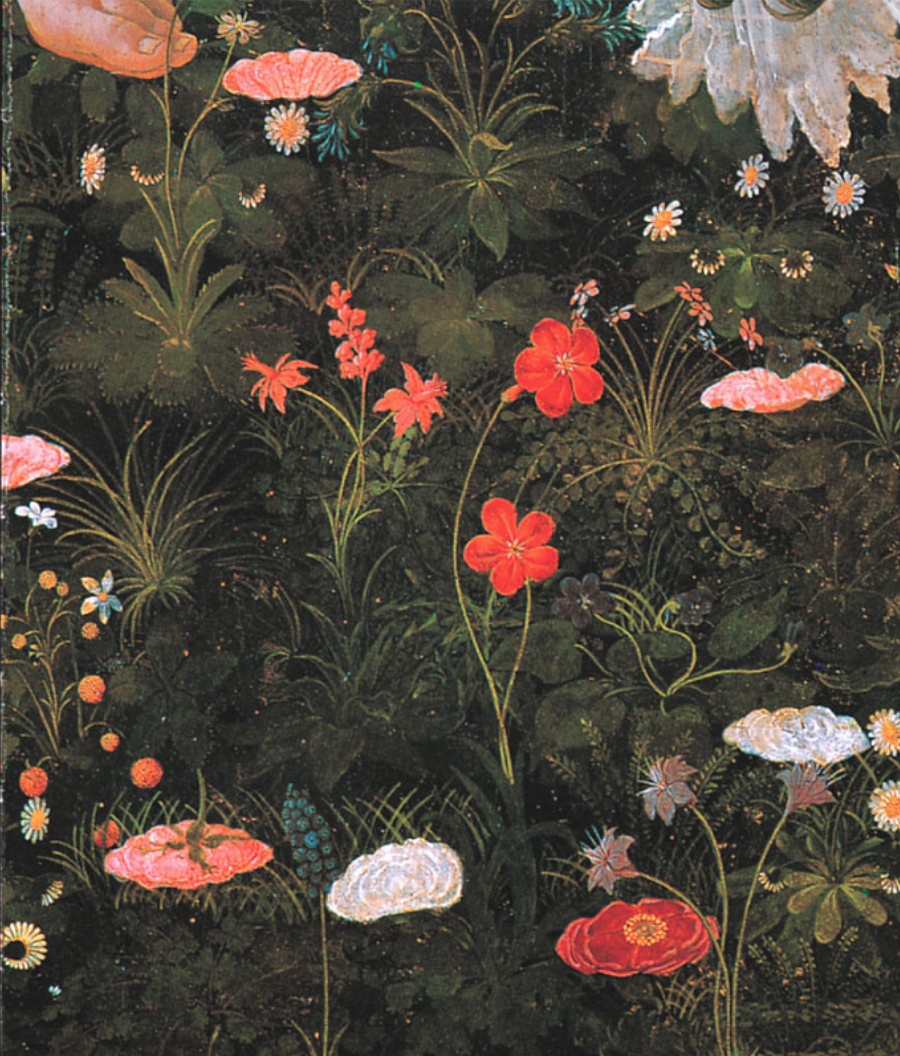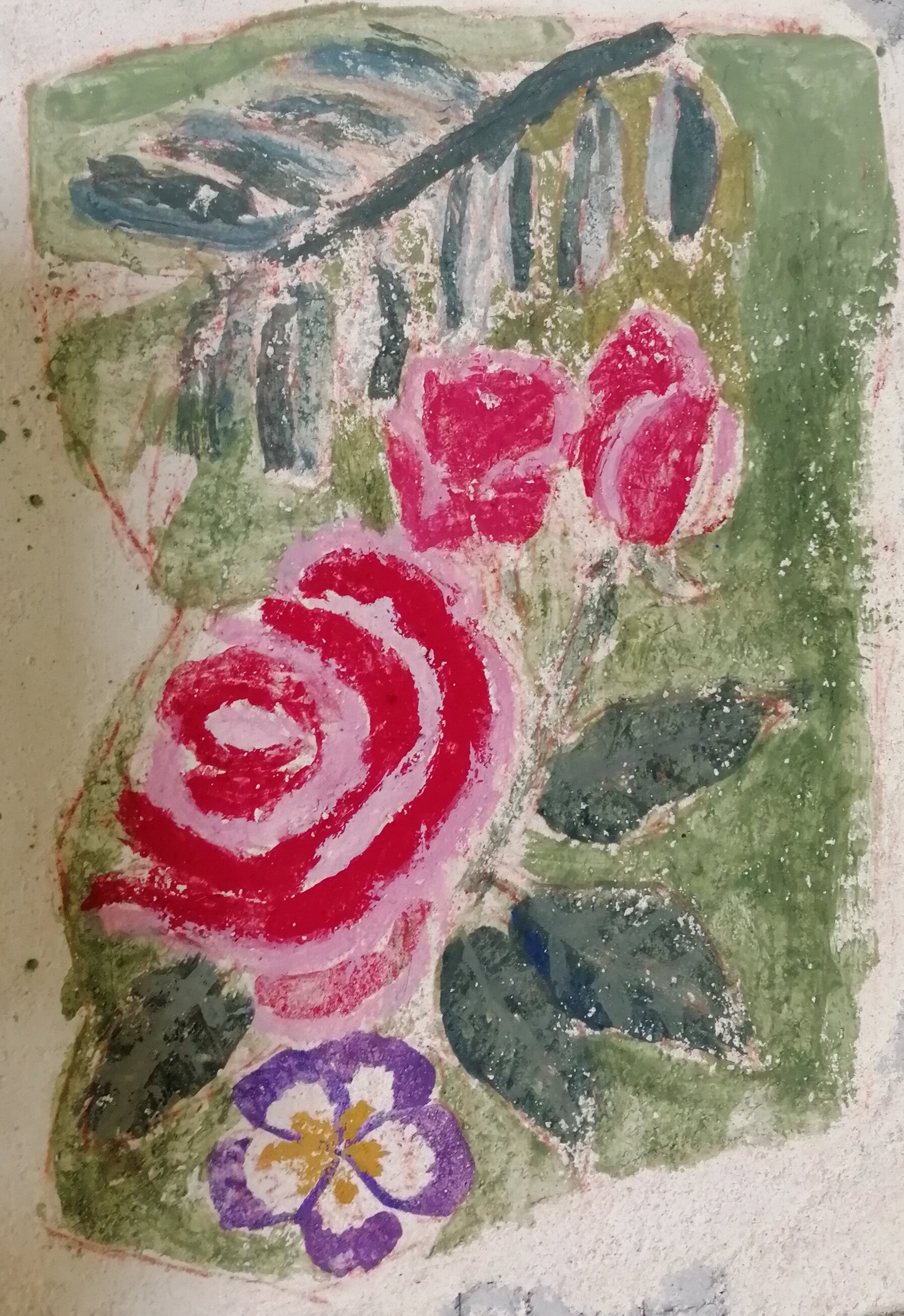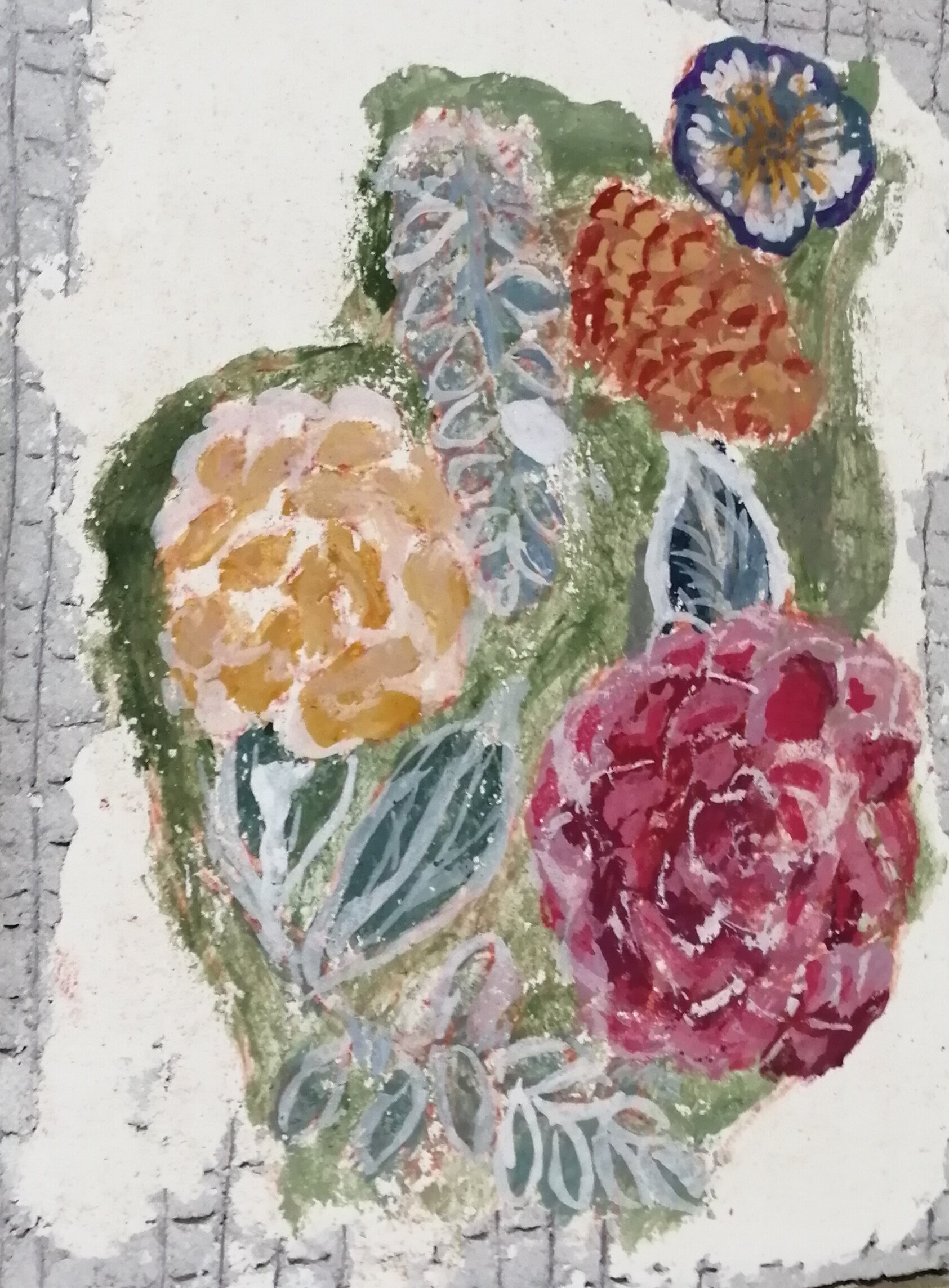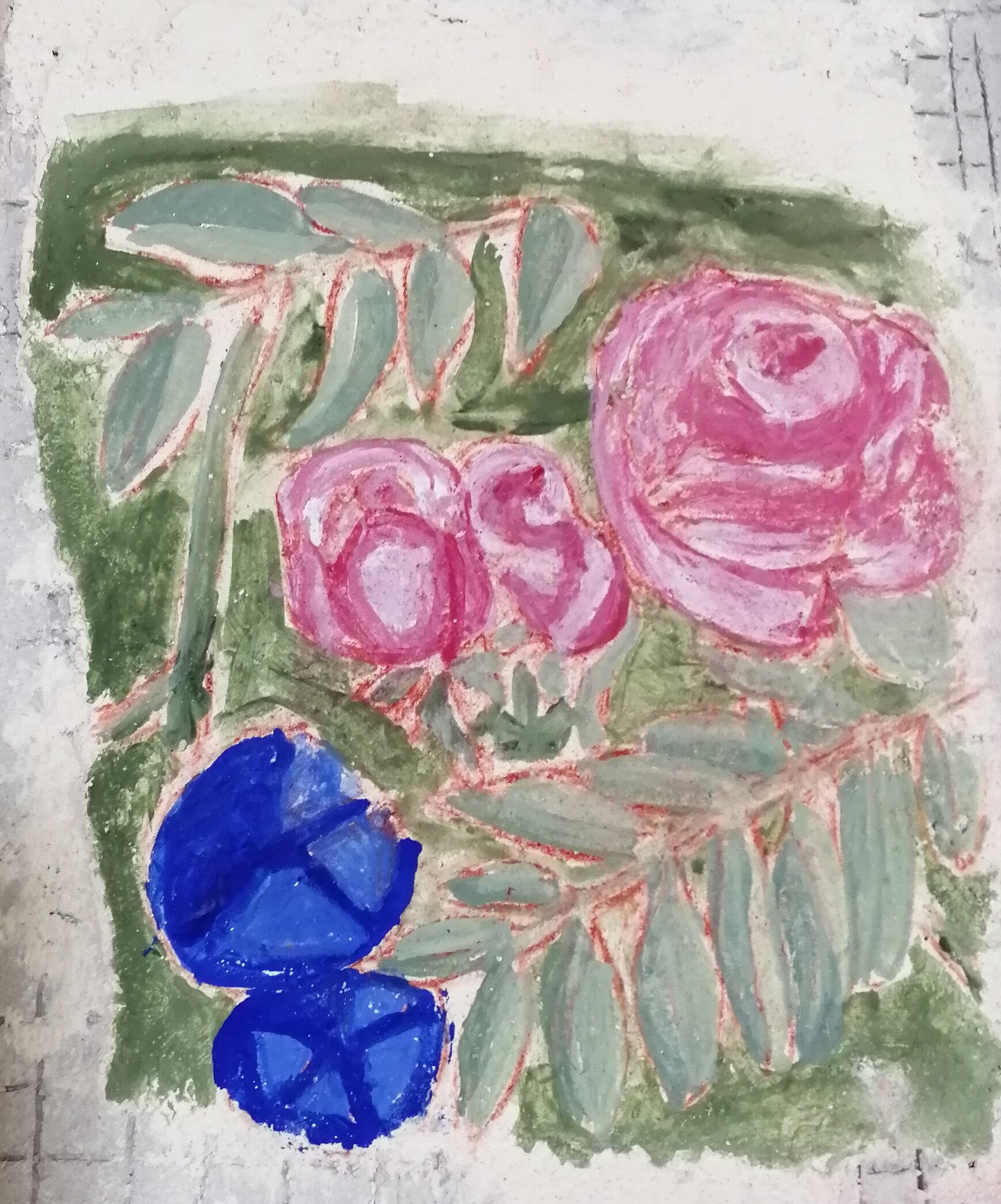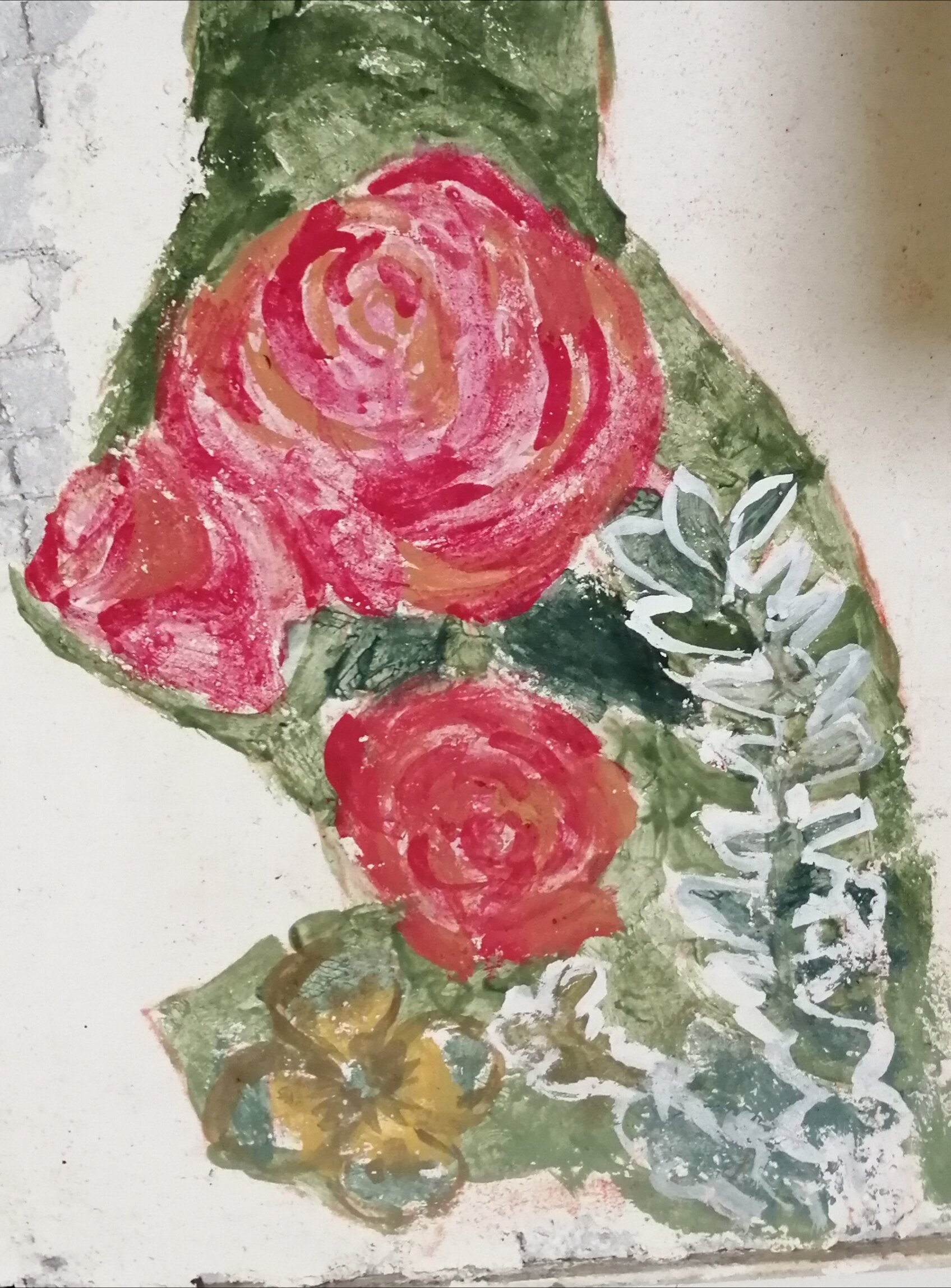The combined effect of activation and inhibition of differentiation regulated by this hormone determines the spiral geometry of leaves and flowers (PHYLOTASSI). " Fragment from: https://www.scientificast.it/geometrie-piante-fibonacci/
The Fibonacci sequence and the Golden Proportion.
In nature, from the evident number of petals in most flowers to the arrangement of individual flowers in the inflorescences of cauliflower and broccoli, we find in a surprisingly constant way those numbers that are part of the Fibonacci sequence: a numerical sequence given by the rule that:
each number of the sequence is given by the sum of the previous two
and it is called the Golden Number
In plants with leaves arranged in a spiral, for each turn around the stem there are on average Phi leaves, flowers or petals: this means that turning around a stem and moving from the bottom up, we will meet a leaf or a flower every 222 , 5 °, value obtained by dividing the 360 ° rotation angle by Phi ...
It is in the very first stage of development that the final geometry of the plant is determined: the point of the meristem where the differentiation of a new leaf begins is at 222.5 ° with respect to the point where the previous leaf has differentiated.
Hence the spiral, which allows you to minimize the overlap of the leaves and consequently maximize the ability of the plant to capture the light!
So this is the goal in growth.
